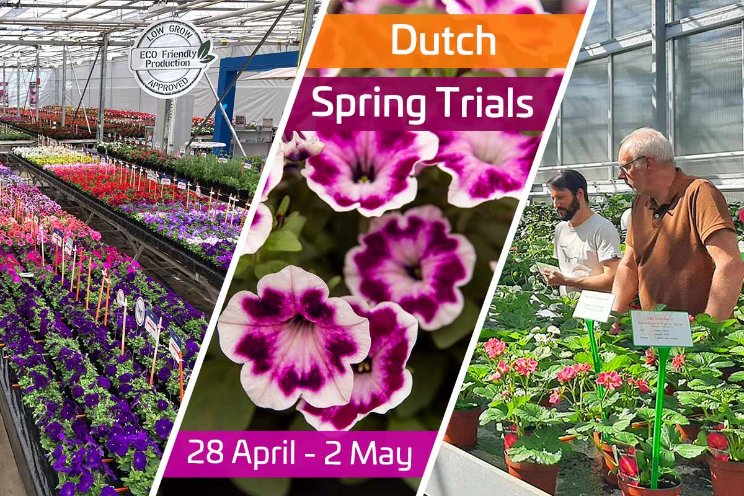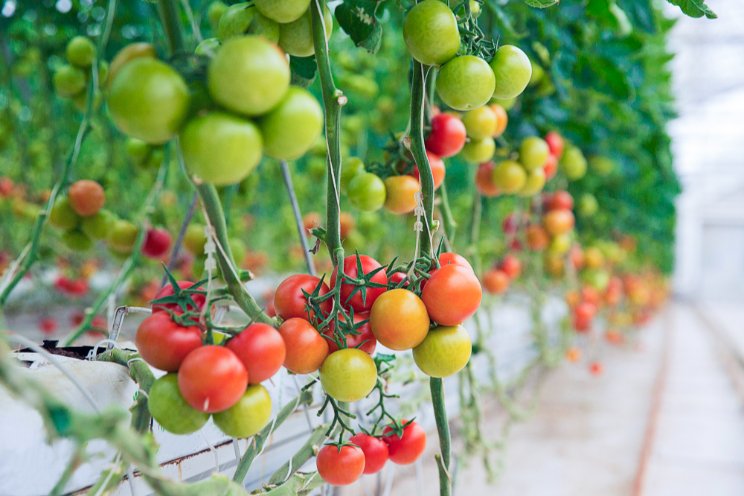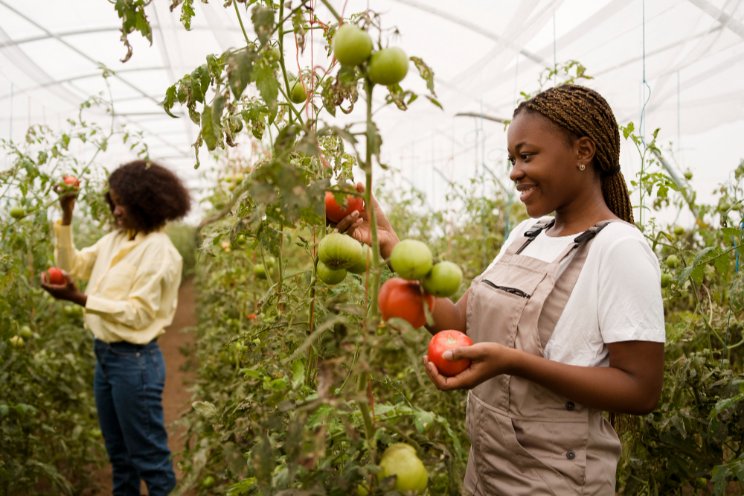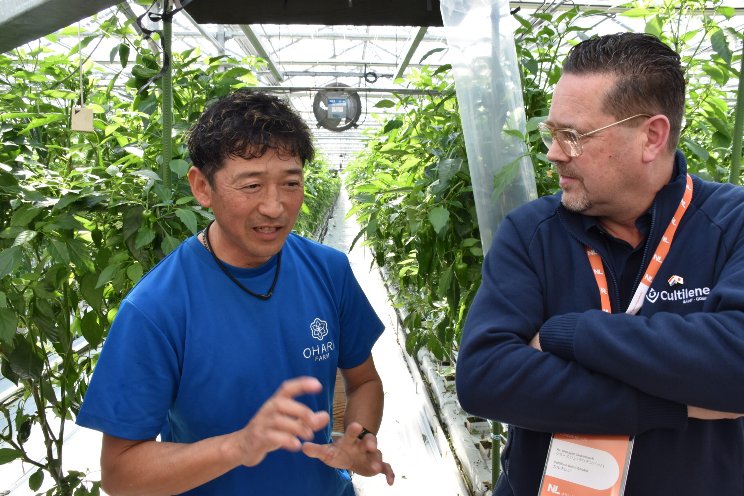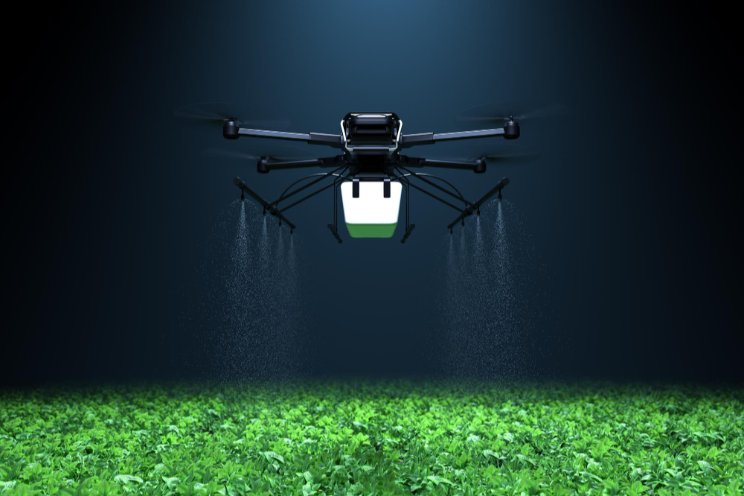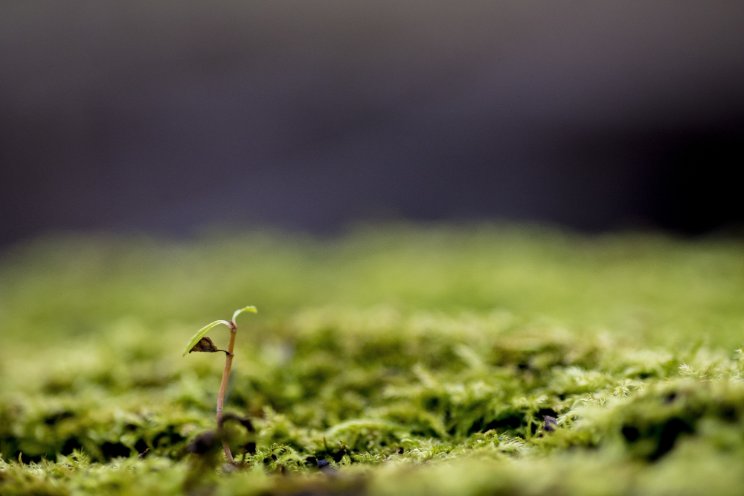Power-hungry VFs can’t solve food security
Added on 11 July 2023

“The leafy greens produced by today’s indoor farms are high-margin, low-calorie luxury items that have about as much to do with feeding the world as the Rolls-Royce Boat Tail has to do with transporting the world,” writes award-winning American journalist Michael Grunwald for Canary Media.
U.S. Vice President Kamala Harris was correct when she said at an indoor farm visit in Virginia that the technology could help feed millions of people, Grunwald acknowledges.
The only snag is that agriculture needs to feed billions.
Vertical farming is seen by some as a solution for both the environmental costs of some farming strategies and for the threat of climate impacts to food production. On the one hand, growing crops indoors in a climate-controlled setting can produce food with high yields and lower inputs of fertilizer, water, and pesticides, and can do so year-round and in any region. At the same time, those crops can also be protected from outside climate impacts like droughts, floods, and extreme weather.
It would also reduce the threat of climate impacts to food production, like droughts, floods, and extreme weather.
This promise of a maximized, uncompromised yield secured Canada’s largest vertical farming company, GoodLeaf farms, $78 million in financing from CIBC and Farm Credit Canada to expand its facilities. The Canadian government is also looking to support the burgeoning industry with funding like the AgriInnovate program included in the Sustainable Agriculture Partnership.
Photo by Petr Magera on Unsplash
More news
